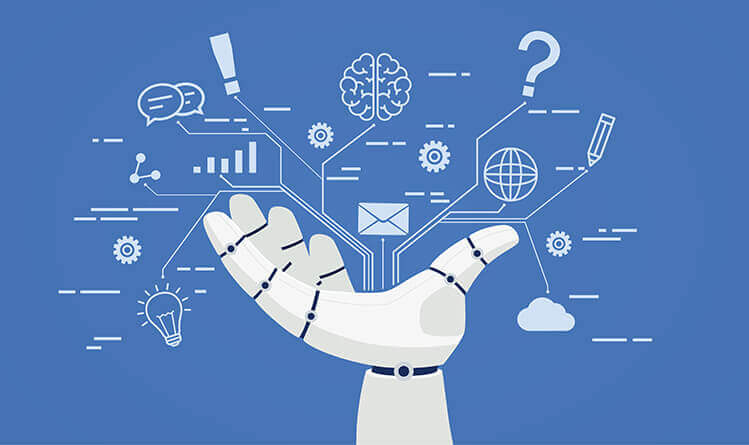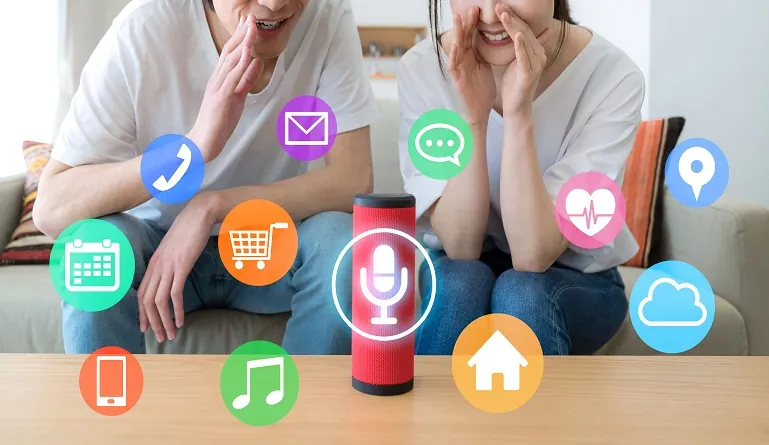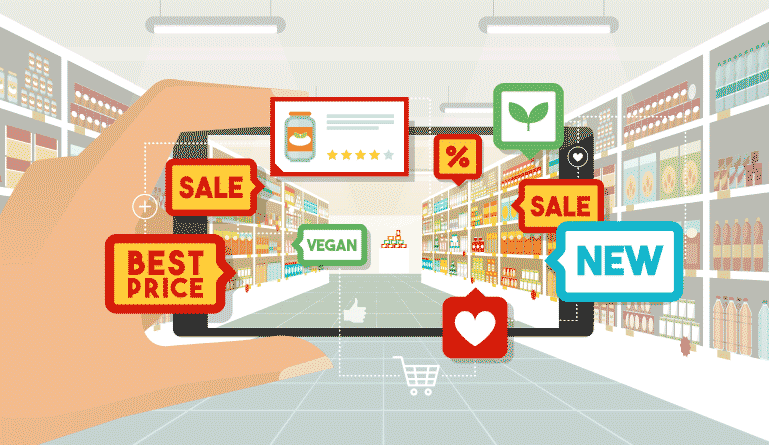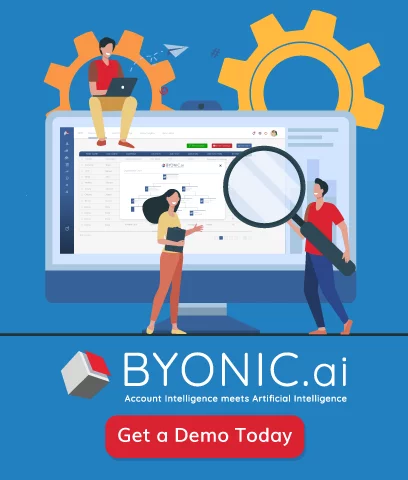Guest Contribution by OWOX
A few decades ago, companies strived to be “dot-coms.” But today, even the next-door bakery offers online delivery. The same story has happened with “cloud”-based innovations, and most enterprises have already met the “big data” wave.
Now artificial intelligence (AI) is in vogue. Martech vendors are covering their products with magic AI dust, making businesses dizzy with choice (but beware: some of these choices are tricky). We’re on the way to a world where AI is adopted in business, science, and social services.
But before implementing AI and machine learning (ML), you’ll need to change your mindset. The hardest leap of faith is to rely entirely on data — not gut feelings, luck, or experience.
Here’s how AI can increase marketing performance in your company:
Improve personalized targeting
There are three levels of analytics, sorted from the simplest to the most complicated:
- Analytics of past events to find reasons for them
- Real-time analytics to take actions here and now in a more automatic way
- Predictive analytics to forecast future events
While 75% of companies have already dealt with marketing automation (level two), only 12% of respondents to the House of Marketing Yearly Marketing Survey 2019 are currently using predictive analytics (level three). The companies doing so are pushing the envelope toward hyper-personalization, and some are getting great results.
The third level of predictive analytics typically consists of two sublevels.
The first is predictive modeling: creating a dataset of purchases and buyer behavior, applying ML or AI (training an artificial neural network), getting forecasts of how your sales will be in a week or month if nothing drastically changes. But when building such a model, your results entirely depend on the data you feed the neural network.
The second sublevel of predictive analytics is all about predicting:
- Conversions
- LTV
- Churn rate
- Bid strategy
- Price surges/falls, etc.
Typically, one of the most popular features of predictive analytics is AI-powered sales targeting — determining customers who are likely to buy from you now and sending them automated personalized offers. Another dimension of this is predicting purchases finding leads within your target audience who are “ready to buy” and identifying the most efficient channels for reaching them.
No one from the marketing or sales department can instantly review every deal you’ve had in the lifetime of your company to find hidden trends in customer behavior or a set of features common to each lead before they made a purchase. But AI can.
By adding data from your CRM on the industry, tech stack, number of employees, etc. of those leads who buy from you, you can provide your AI with the data it needs to reveal hidden trends. AI experiments can result in better targeting of accounts, so in the end, you’ll get growth in sales, shorter deal closure times, and a higher win rate for targeted accounts. Predictive analytics can also be used to better retain customers and predict who’s on the way to churning or getting colder. Remember that to succeed in this, you should narrow your aim and take one step at a time. Predicting conversions and predicting the churn rate require different datasets and preparation.
Launching multiple regression experiments and building random forests or neural networks will help you quickly distinguish patterns of behavior within your audience so you can make personalized offers and ease the customer journey. Or you might find out how to use predictive analytics to find growth zones.
Deal with the curse of abundance
Have you ever had too many leads at once? For example, say you have a great presentation at an exhibition and get a tidal wave of leads for a demo. You’re ready to pass all these leads to your business development representative (BDR), but their bandwidth is too low. In this case, most of these leads will be wasted, along with the potential profits.
How can AI help you avoid this outcome?
You might create a bot to follow up massive streams of leads in a timely manner. You can control the way a bot communicates with leads, the information it presents, and the platform it runs on to represent your business.
A bot may reply by email with answers based on trigger words or respond via Messenger. It should be able to do things like:
- Say hello to make initial contact
- Keep up simple script-based conversations and answer FAQs
- Set the best time to come back to the conversation if the lead can’t reply right away
- Schedule a meeting with a representative
Even simple mechanics can boost your conversion rate. And when you get the first results of your bot’s performance, all you have to do is optimize its activities. Also, you shouldn’t expect that the bot will catch all leads. But at least it will give you more control.
Bots can take huge pressure off your BDR or sales team and allow them to relocate their resources to more profitable tasks.
Build unexpected user experiences and investigate your prospects
Visual search is one of Google’s most popular features. You can also find it on Pinterest, and it’s great that this trend is expanding. Two years ago, Asos and Target implemented technologies similar to Pinterest Lens. People who use visual search for fun get used to it as a new way of browsing and searching for goods. Just pick a photo and find a similar or complementary look!
One of the most interesting ways to use image recognition is on social media, where you can use terabytes of publicly available photos for image recognition. So-called social visual listening can help you identify trends before they become evident and apply them in your marketing strategy.
Summing up
These examples inspire people to change their attitudes to AI technologies in marketing. Becoming AI-powered is an attainable goal, and you shouldn’t be afraid of being replaced by robots.
AI marketing is all about making marketers more efficient and productive.





